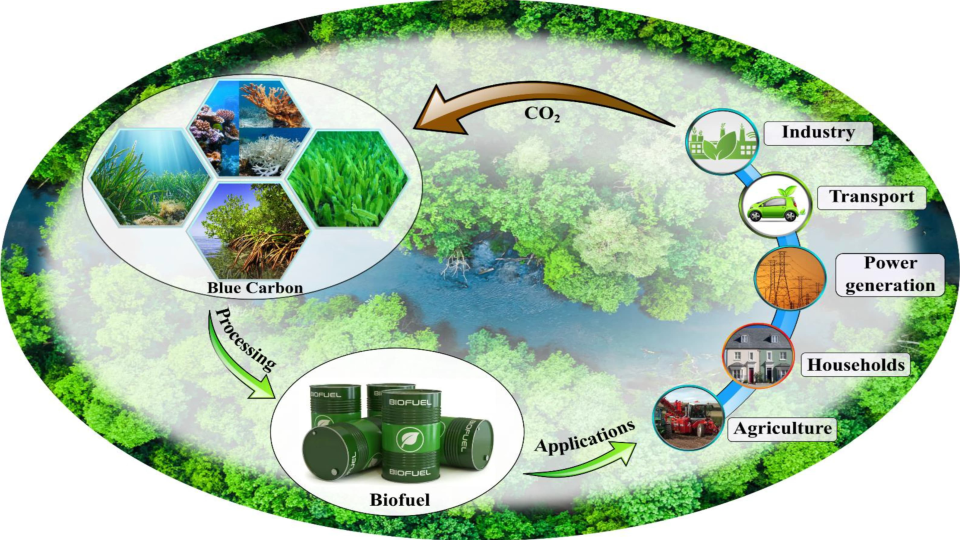Blue carbon ecosystems—comprising mangroves, seagrasses, and salt marshes—are increasingly recognized for their ability to sequester carbon, playing a pivotal role in mitigating climate change. These coastal habitats store carbon at rates significantly higher than terrestrial forests, making them indispensable in global carbon management strategies. Additionally, they provide critical ecosystem services, such as protecting coastlines from erosion and extreme weather events.
A 2023 World Bank report highlighted that conserving these ecosystems can combat climate change, create jobs, and improve quality of life. Preventing seagrass degradation worldwide could prevent up to 650 million tons of CO2 emissions annually, equivalent to the entire emissions of the global shipping industry. Further, restoring degraded blue carbon habitats could significantly enhance carbon sequestration potential.
A 2024 UK study by the Scottish Association for Marine Science found that undisturbed seabed habitats capture nearly three times more carbon than UK forests annually. Protecting these areas from disturbances like bottom trawling is crucial to maintaining their carbon storage capabilities and marine biodiversity.
India, with its extensive coastline, holds around 3% of South Asia’s mangrove population. The Forest Survey Report 2021 states India’s mangrove cover is 4,992 sq. km, accounting for 0.15% of its geographical area. West Bengal has the highest mangrove cover, followed by Gujarat and the Andaman and Nicobar Islands.
Recognizing the role of mangroves, India joined the Mangrove Alliance for Climate (MAC) at COP27 in 2022 and also undertaking the MISHTI program since 2023. This alliance, initiated by the UAE and Indonesia, aims to strengthen global conservation efforts. Further, the Union Environment Minister emphasized that mangroves sequester up to four times more carbon than tropical rainforests.
However, these ecosystems face significant threats challenging climate resilience and sustainable economic growth. A 2024 article highlighted that the Sundarbans, the world’s largest mangrove forest, is at risk due to sea-level rise, extreme weather, deforestation, and pollution. Whereas, the Mangrove Action Project (MAP) is also working to conserve and restore these forests.
Implementing strong conservation policies and integrating blue carbon strategies into national climate commitments can enhance climate change mitigation. Prioritizing these ecosystems helps countries achieve climate goals while preserving biodiversity and supporting coastal communities to tap unexplored opportunities.

